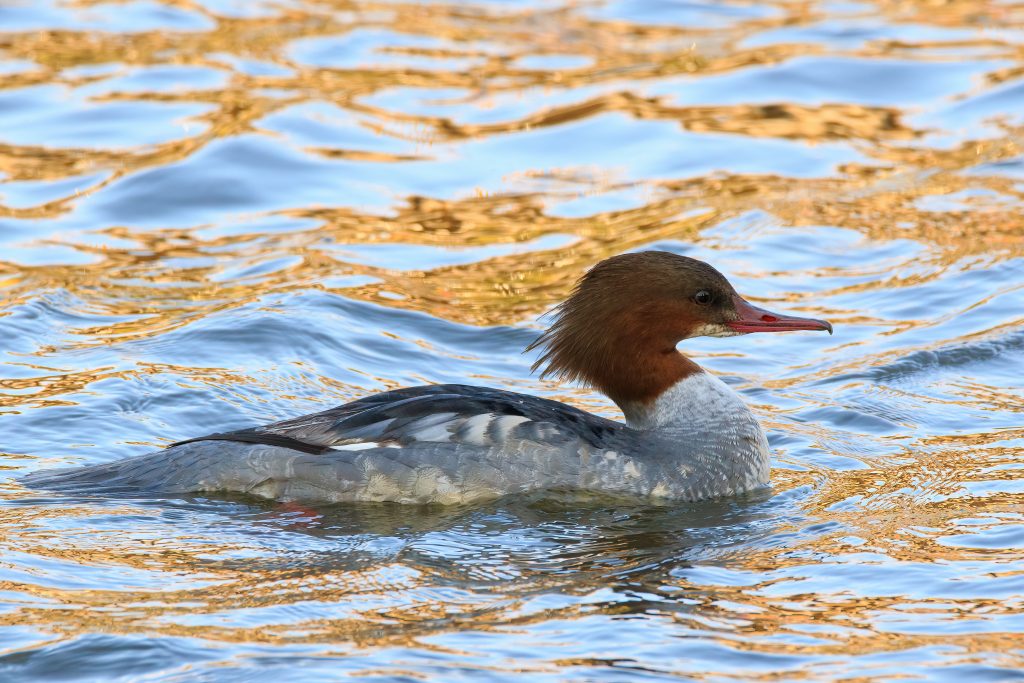 On the weekend of January 18-19, 2025, MES conducted the waterbird census for the 16th time at the three natural lakes in our country, as well as several smaller reservoirs. The census was carried out with the participation of MED employees and volunteers, along with representatives from relevant institutions responsible for managing protected areas at some of the sites.
On the weekend of January 18-19, 2025, MES conducted the waterbird census for the 16th time at the three natural lakes in our country, as well as several smaller reservoirs. The census was carried out with the participation of MED employees and volunteers, along with representatives from relevant institutions responsible for managing protected areas at some of the sites.
Despite the snow cover, the teams conducting the census achieved excellent results, counting approximately 27,000 birds at Lake Ohrid, 10,000 birds at Lake Prespa, and around 4,000 birds at Lake Dojran. An additional 2,400 individual birds of various species were recorded across the remaining 10 locations.
The bird population at Lake Ohrid was particularly satisfactory, while at Lake Prespa, the numbers were lower but still better than in the past three years. However, at Lake Dojran, the count was lower than expected based on the average for this location since MES began conducting the census. One of the reasons for the low number of waterbirds at Lake Dojran this year was poaching along the lake’s shoreline, involving the use of decoys or calls designed to attract waterbirds, which is not permitted under national laws and international agreements. MES has contacted the relevant authorities, providing all necessary information and evidence on the case to address such incidents and prevent them in the future.
The winter waterbird census is the largest and longest-running volunteer bird-counting initiative in the world, with a tradition dating back to 1967. Led by Wetlands International and in collaboration with numerous local organizations, this event has become a key source of information essential for shaping policies related to the management and protection of wetland habitats. MES has been a national partner in this initiative since 2010, conducting the census at the national level ever since.



